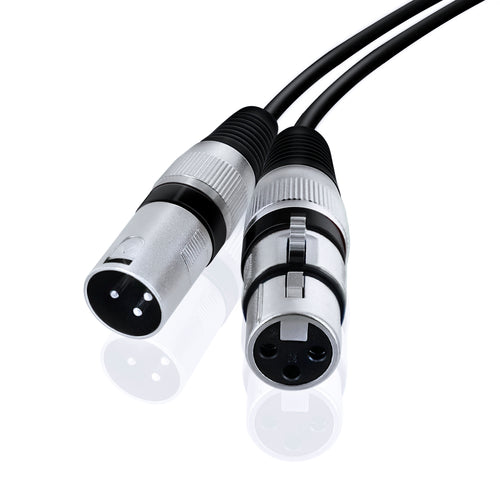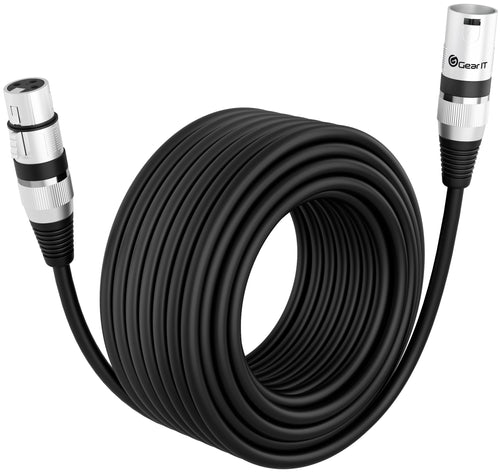
When diving into the world of professional audio, you’ll often encounter terms like “balanced” and “unbalanced” XLR cables. These cables are essential components in audio setups, affecting the quality and clarity of the sound. Understanding the differences between these types of cables and how they impact audio quality can help you make informed decisions in your audio projects.
Basics of Signal Transmission
Before delving into the specifics of balanced and unbalanced XLR cables, it's important to grasp the fundamentals of signal transmission. Audio signals are electrical representations of sound waves, and these signals travel from one device to another through cables. During transmission, the goal is to preserve the integrity of the audio signal while minimizing noise and interference.
Unbalanced XLR Cables
Unbalanced cables typically consist of two conductors: a signal wire and a ground wire. Here’s a breakdown of how they work:
In unbalanced cables, the audio signal is more susceptible to interference and noise because the ground wire also acts as a shield. When external electromagnetic interference (EMI) or radio frequency interference (RFI) is introduced, it can easily couple into the signal wire, causing unwanted noise and degradation of audio quality.
Balanced XLR Cables
Balanced cables, on the other hand, are designed to reduce noise and interference significantly. They use three conductors:
The key to balanced cables is the differential signal transmission. The hot and cold wires carry the same signal, but the cold wire carries it with inverted polarity. At the receiving end, the audio equipment inverts the cold signal back to its original form and combines it with the hot signal. Any noise or interference picked up along the way is now out of phase and gets canceled out, leaving the original audio signal intact and free of noise.
Why Balanced Cables are Preferred
Balanced XLR cables are typically preferred in professional audio settings for several reasons:
Practical Implications
Using balanced XLR cables in a professional setup means:
Stay Balanced
Understanding the differences between balanced and unbalanced XLR cables is crucial for anyone involved in audio production. Balanced cables offer superior noise reduction and are better suited for professional applications, where maintaining high audio quality is essential. By choosing the right type of cable, you can ensure that your audio signals are transmitted with minimal interference, resulting in the best possible sound for your projects.





















































